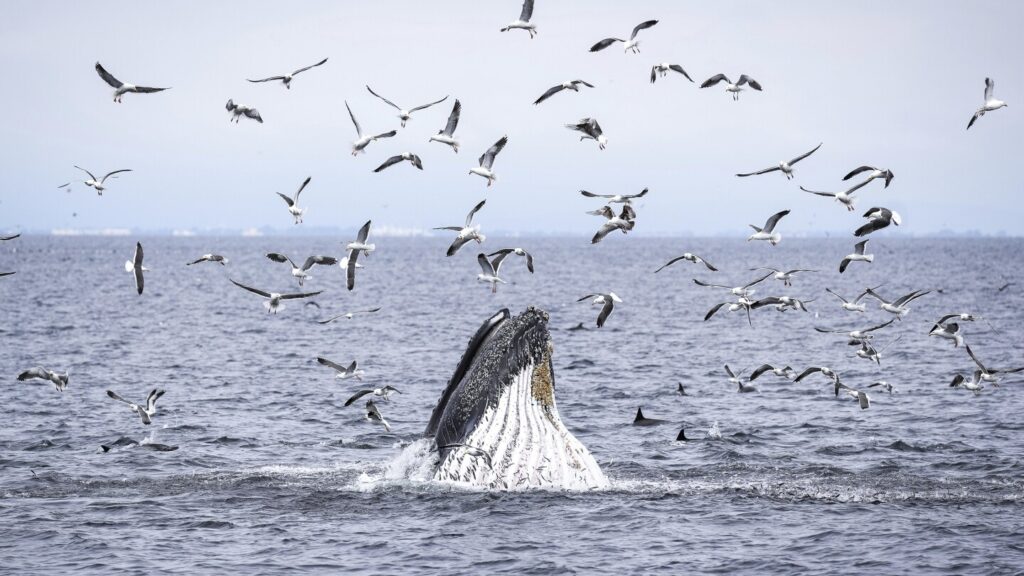In California’s Channel Islands, marine life thrives in protected waters, showcasing the success of over two decades of conservation efforts. However, the Pacific Remote Islands Marine National Monument faces uncertainty as the Trump administration moves to reopen 500,000 square miles for commercial fishing, reversing federal ocean protections.
California is considering expanding its marine protected area network, with advocates emphasizing the importance of safeguarding these underwater ecosystems, likening them to an “underwater Yellowstone.” These protected areas have not only bolstered marine life but also boosted tourism and sustainable fishing practices.
Despite the positive outcomes of marine protection, there are debates over potential expansions, with some fishermen advocating for more access to certain zones within the protected areas. They argue that restrictions may disproportionately impact certain fishing practices and migratory species passing through these zones.
Meanwhile, concerns arise over the Trump administration’s rollback of protections in remote Pacific waters, sparking fears among conservationists about the environmental impacts and the need for stronger state-level protections to counterbalance these federal rollbacks.
The ongoing review of marine protected areas in California highlights the delicate balance between conservation and access, with stakeholders navigating the complexities of preserving marine biodiversity while ensuring sustainable use of ocean resources. Ultimately, these conservation efforts play a vital role in protecting marine ecosystems for future generations amidst growing threats like climate change and industrial activities.

